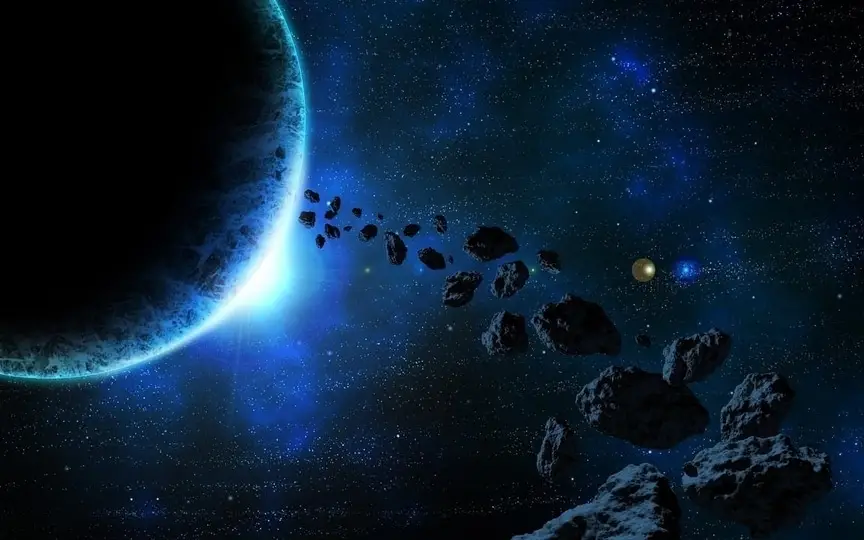Asteroid the Size of a Building: Get Ready for a Close Encounter Today!
Studying asteroids can provide scientists with valuable insights into the origins of Earth. However, these celestial bodies can also pose a potential danger to our planet. Throughout history, asteroids have collided with Earth, altering its course significantly. Fortunately, most asteroids pass by Earth at a safe distance without entering the atmosphere. Nevertheless, it remains crucial to monitor their movements to reduce uncertainties surrounding their close approaches. Today, November 24, NASA, the US space agency, has announced that a large asteroid, comparable in size to a building, is expected to pass by Earth at a close proximity. Stay informed about this near encounter between Earth and the asteroid.
Asteroid 2019 UT6: Details of the close approach
Using its advanced ground and space telescopes, NASA has been monitoring the asteroid, whose orbit brings it very close to Earth today. This near-Earth space rock, named by NASA as Asteroid 2019 UT6, is expected to pass the planet at a distance of about 3.4 million kilometers. It orbits the Sun and approaches the Earth at a speed of 47534 kilometers per hour, which is much faster than Intercontinental Ballistic Missiles (ICBM)!
According to NASA, it belongs to the Apollo group of Near-Earth Asteroids, which are space rocks passing through the Earth with semimajor axes greater than the Earth’s axis. These asteroids are named after the huge 1862 Apollo asteroid discovered by German astronomer Karl Reinmuth in the 1930s.
How big is the asteroid?
Asteroid 2019 UT6 is nearly 440 feet wide and comparable in size to a building! According to NASA, this asteroid has been designated as a Potentially Hazardous Object, meaning that its massive size combined with its close proximity could potentially threaten Earth.
Shockingly, this is not Asteroid 2019 UT6’s first close approach to Earth. It passed Earth for the first time on October 30, 2011, when it flew past the planet at a distance of 66 million kilometers. According to NASA’s Center for Near Earth Object Studies (CNEOS), this space rock will pass the planet again on November 25, 2025 at a distance of 2.3 million kilometers.




